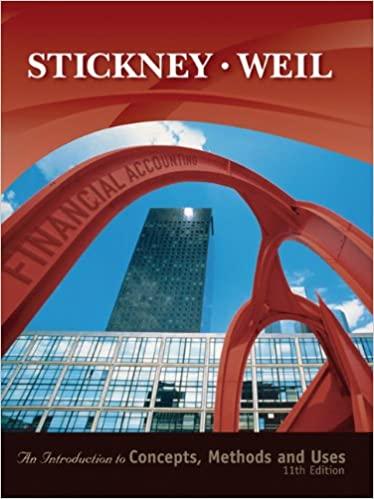Recording Revenue Under Different Repurchase Agreements
On January 1, 2020, Miller Inc. sells equipment to Smith Inc. for $132,000. As stipulated in the revenue contract, Miller Inc. will buy back the equipment on December 31, 2020, for $141,240. The relevant interest rate is 7%
a. Prepare the sellers journal entry on January 1, 2020.
| Date | Account Name | Dr. | Cr. |
| Jan. 1, 2020 | Answer |
b. Prepare the sellers journal entry on December 31, 2020.
| Date | Account Name | Dr. | Cr. |
| Dec. 31, 2020 | Answer |
| Answer | Answer |
| | To recognize interest. |
| Dec. 31, 2020 | Answer |
| Answer | Answer |
| | To record payment. |
c. Assume instead that Miller has the option to buy back the equipment and the fair value of the equipment is expected to decline through 2020. How would the answers to parts a and b change (if at all)?
| Date | Account Name | Dr. | Cr. |
| Jan. 1, 2020 | Answer |
| Answer | Answer |
| Dec. 31, 2020 | Answer |
| Answer | Answer |
| | To recognize interest. |
| Dec. 31, 2020 | Answer |
| Answer | Answer |
| | To record payment. |
d. Assume instead that Smith has the option to require Miller to buy back the equipment after one year for $141,240 (an amount greater than the expected market value of the equipment at that time). How would the answers to parts a and b change (if at all)?
| Date | Account Name | Dr. | Cr. |
| Jan. 1, 2020 | Answer |
| Answer | Answer |
| Dec. 31, 2020 | Answer |
| Answer | Answer |
| | To record interest. |
| Dec. 31, 2020 | Answer |
| Answer | Answer |
| | To record payment. |






